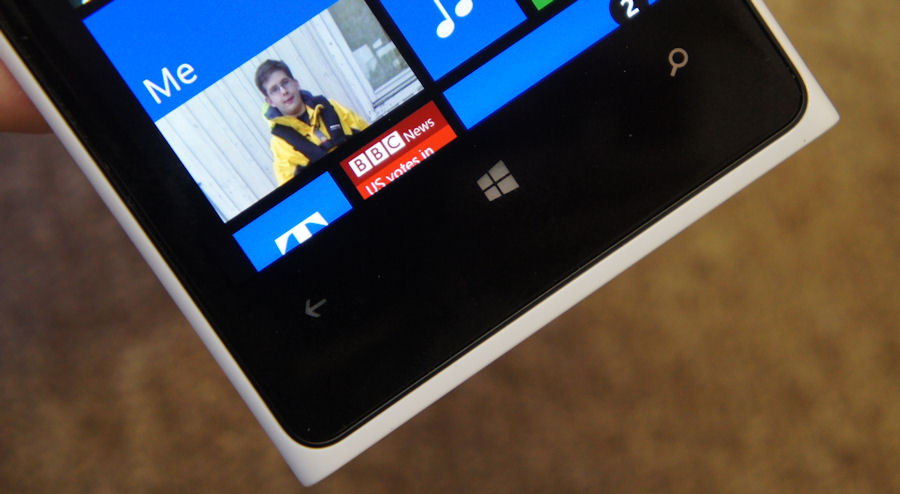Nokia's Q1 results yesterday pointed out that the sales of the Lumia in America amounted to around 400,000 units, and if you apply the global ratio of Windows Phone sales to Nokia sales, the platform managed perhaps 600,000 units.
Those US sales dropped from 700,000 in Q1 2012 to the aforementioned 400,000. But that doesn't mean Nokia are going to give up on America at the moment - everyone is expecting a reworked Nokia Lumia 920 to appear on the Verizon network in the next few weeks, and the currently mythical Lumia 928 might have one or two additional pieces of software included that may increase the attractiveness of the handset (there has been rather a lot of chatter about Instagram recently...)
Neither is Windows Phone out of the game, as witnessed by Engadget's confirmation of a Windows Phone 8 device coming to the smaller network in the near future.

What is clear is that the US cellular market is not suited to the strengths of Windows Phone. Much like Symbian, Windows Phone is tightly coded and does not require cutting edge hardware to run a compelling experience. A slight step back does not diminish the OS because of a lower processor speed or RAM, as Steve found out this week when reviewing the Lumia 520.
This advantage can be translated into two major ideals. A cheaper handset with the equivalent functionality of a more expensive handset on another platform, or significantly increased functionality at a similar price point.
This is where it goes wrong in America. Thanks to a reliance on large subsidies and expensive monthly plans (when compared to the rest of the world), the commercial advantage of Windows Phone is negated. When a network has a policy that all smartphones will be priced at $99 (or $199 for the really high-end devices), and spreads the cost over 24 monthly payments from the subscriber, there is very little impetus for the subscriber to choose a handset that is 'value for money'. Everything is the same price, and other factors are much more significant.
And these factors - public recognition, online perception, peer pressure, available applications - are all factors that are weighted heavily towards an incumbent player with a large user base.
Put simply, there's no place for a significant third ecosystem in that mix. Windows Phone will probably grow its market share, and may reach double figures, but I doubt that either Windows Phone or Nokia will ever have a significant presence in the United States. To do so would require rethinking the technology, specifications, and goals of the platform.
Windows Phone works well on high-end devices, but it works even better on mid and low-end devices. That's where volume and market share can be won, and that's why devices like the HTC 8S and the Lumia 520 and 620 are key players in the Windows Phone story in many other territories, and 2013 is the year that these lower-cost handsets are going to reach consumers in significant numbers.
Except in America, where the Lumia 920 can be found for $99, an 820 for a single cent, and the HTC 8X at $49 (plus the 24 month long contract).

Windows Phone manufacturers will rightly carry on putting flagship devices out on US networks, but this is not going to change the world or their finances. The real value for Windows Phone will be found outside the fifty states. The real value will be found where there is a competitive and multi-manufacturer market with a level playing field. The real value will be found in territories where the telecom networks are not the aggressive gatekeepers.
So by all means watch the US numbers for Windows Phone sales and market share. Just be aware that the focus and the design of the handsets is massively better suited to other territories.
